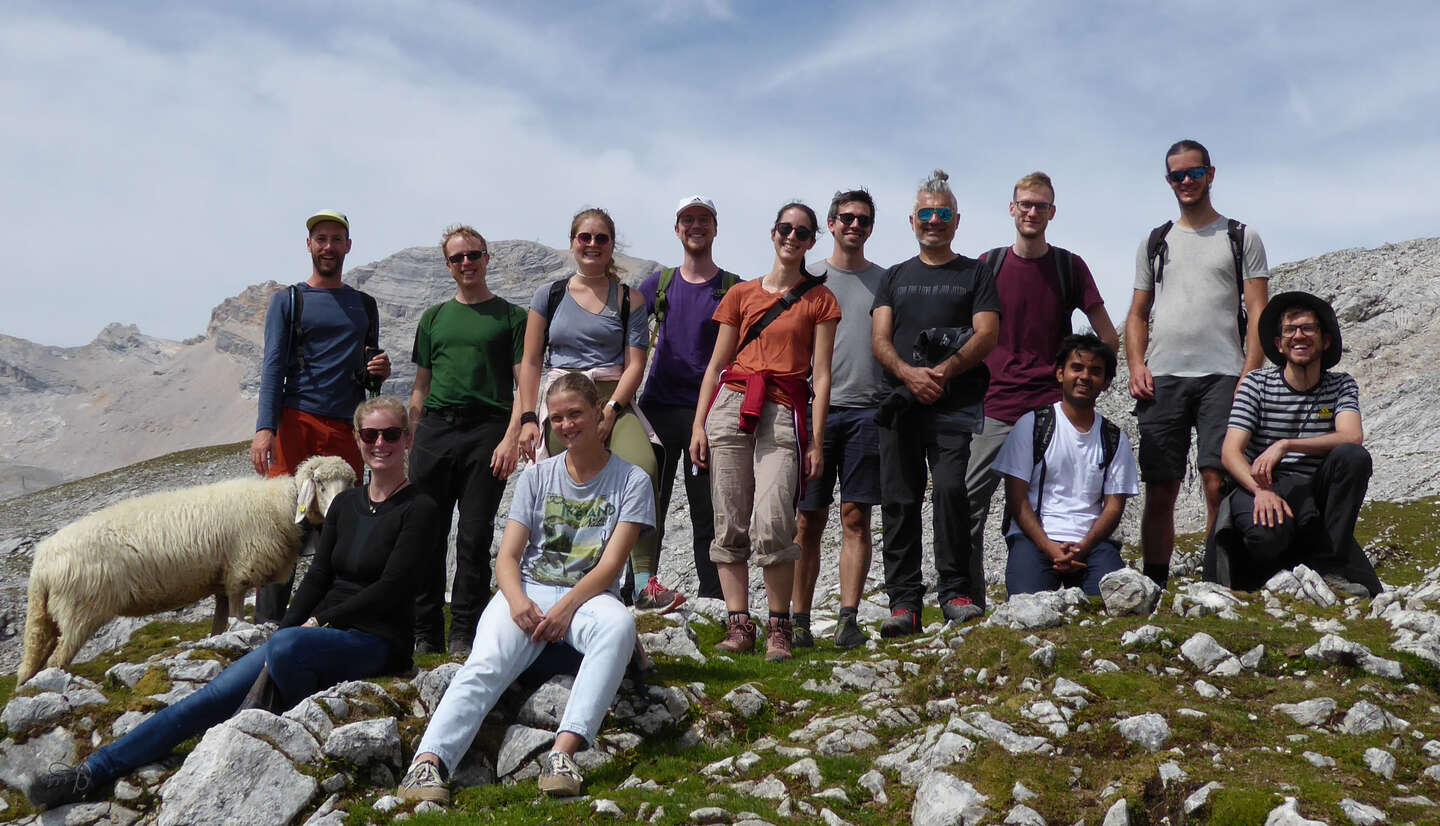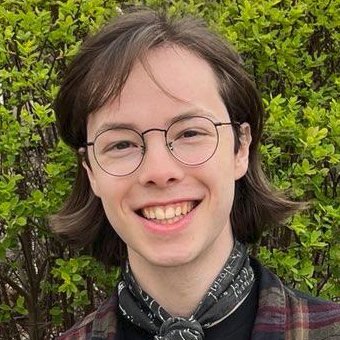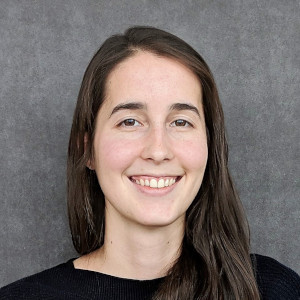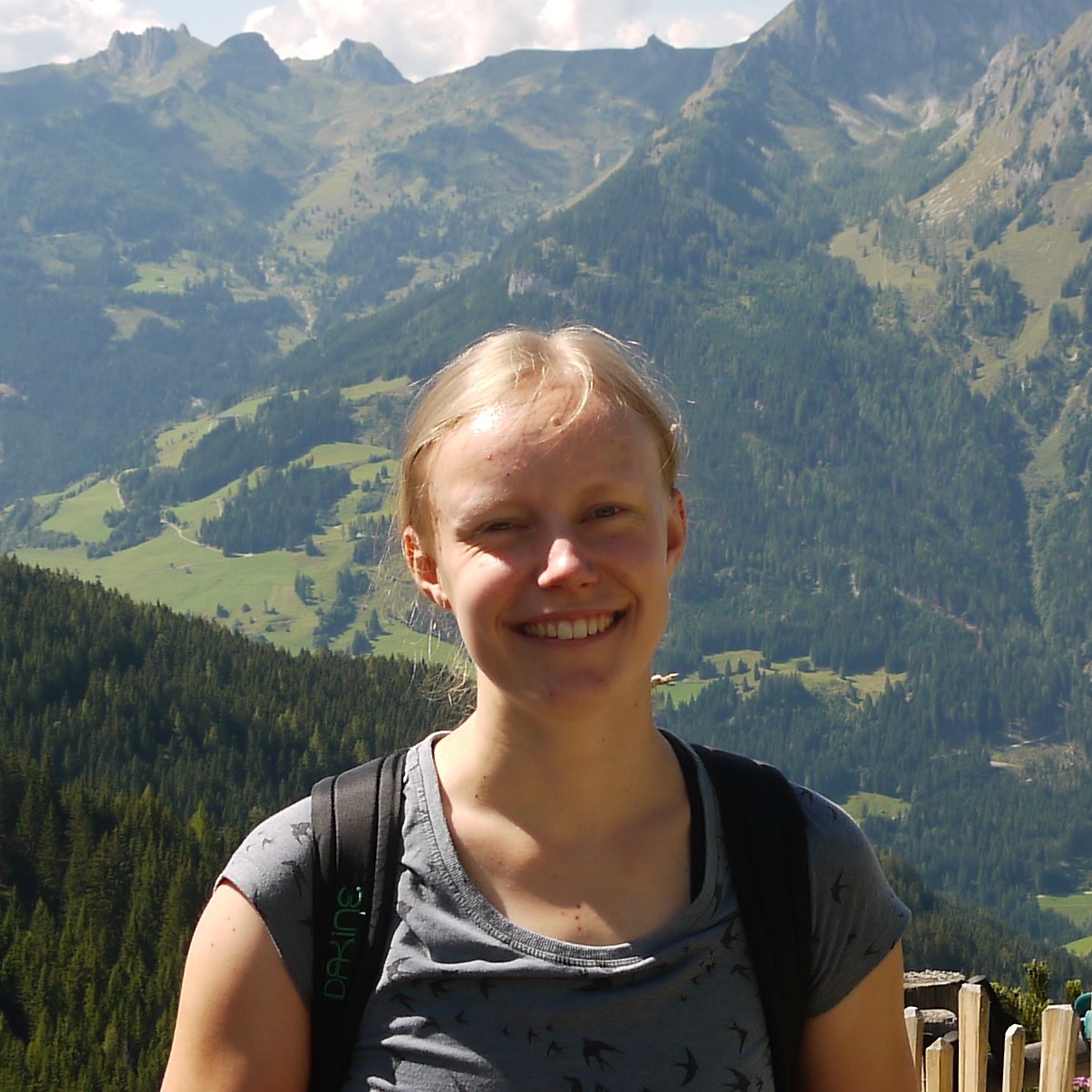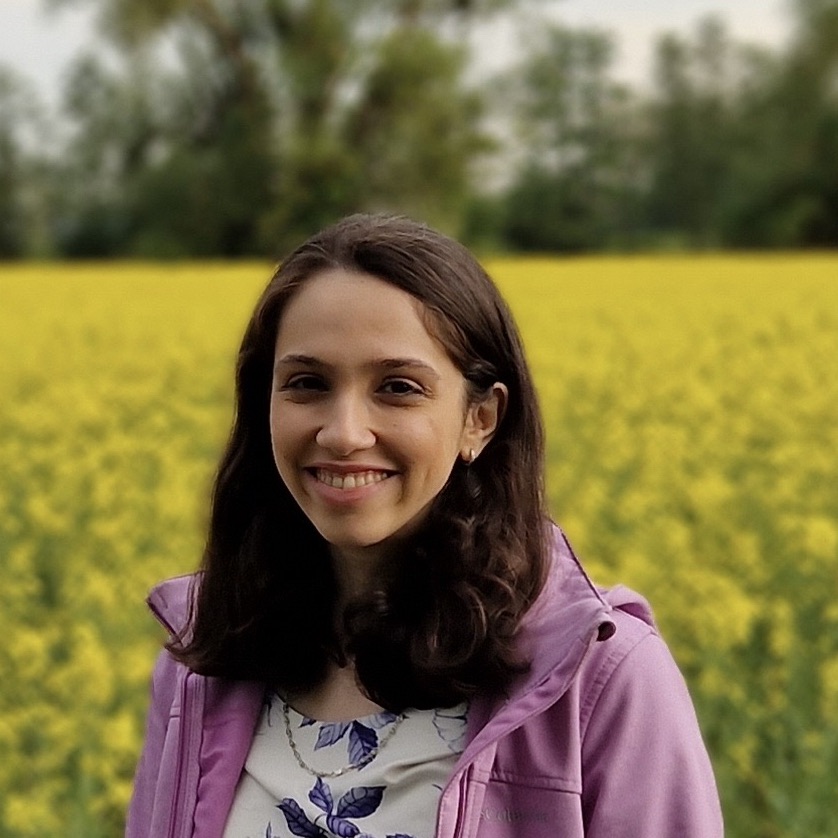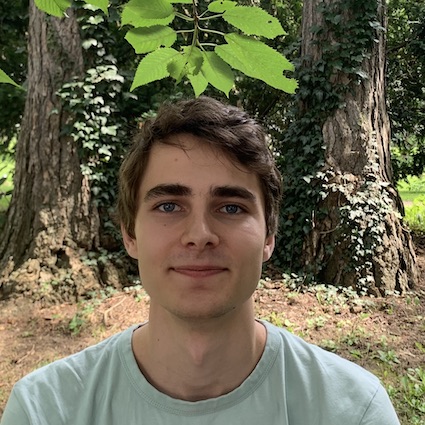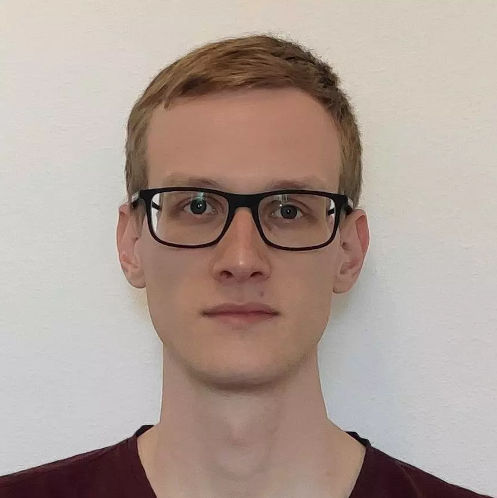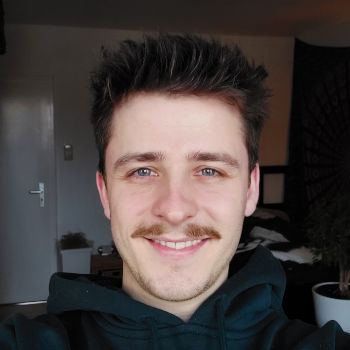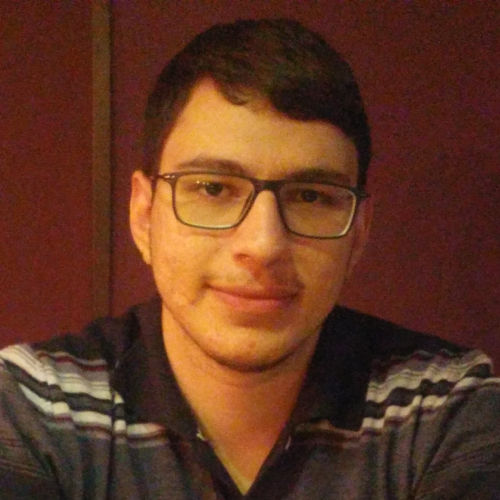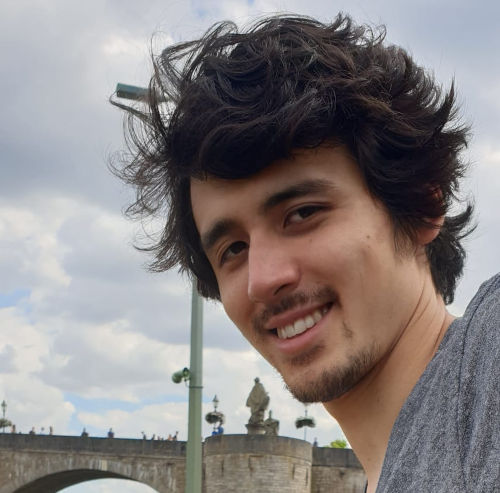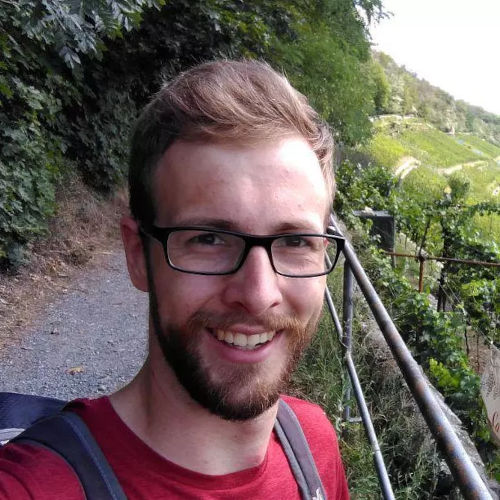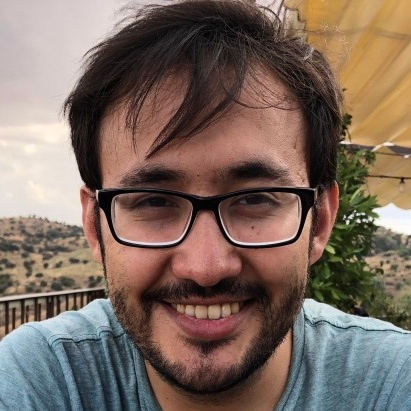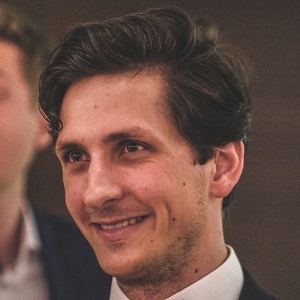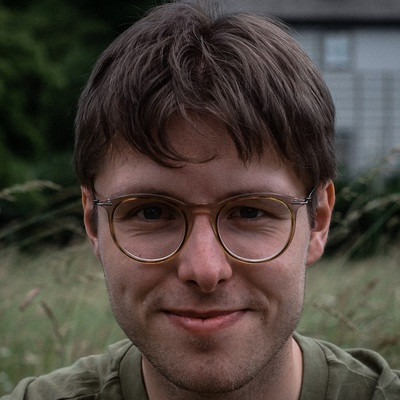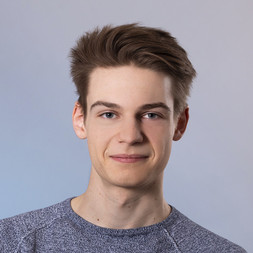
|
I want to understand how neural systems perform visual perception. At the interface of computer vision and neuroscience, I try to understand both how biological vision works and how to teach computers to make sense of images. I use an interdisciplinary approach that combines methods from machine learning and computer vision with behavioral studies and neuronal population recordings in the brain.
+49 551 39 21272
Room: 2.137
Email
|

|
+49 551 39 21160
Room: 2.140
Email
|
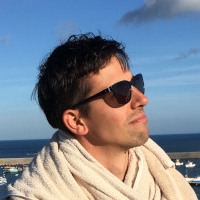
|
My research focuses on applying scalable machine learning methods to perceive, understand and represent dynamic scenes. Particularly, I am interested in techniques for sample-efficient and unsupervised learning. My long-term goal is to enable systems to act autonomously - so I can watch them while they do my work.
Room: 2.132
Email
|

|
Coming from graph learning and learning theory, I am interested in ways to use machine learning techniques to solve actual scientific questions in physics and biology. Furthermore, I like to think about ways in which we can use deep learning to solve or approximate NP hard problems such as graph coloring.
Room: 1.116
Email
Website
|

|
I am interested in the algebraic and geometric principles underlying both artificial and biological intelligence. I work with geometric deep learning to improve the performance and interpretation of foundation models with the ultimate goal of understanding how the brain performs computations through an algebraically interpretable foundation model of the brain. Mathematically, I am interested in Clifford Algebras, complex-valued (phasor) neurons, and Kuramoto models in deep learning.
Room: 2.127
Email
Website
|
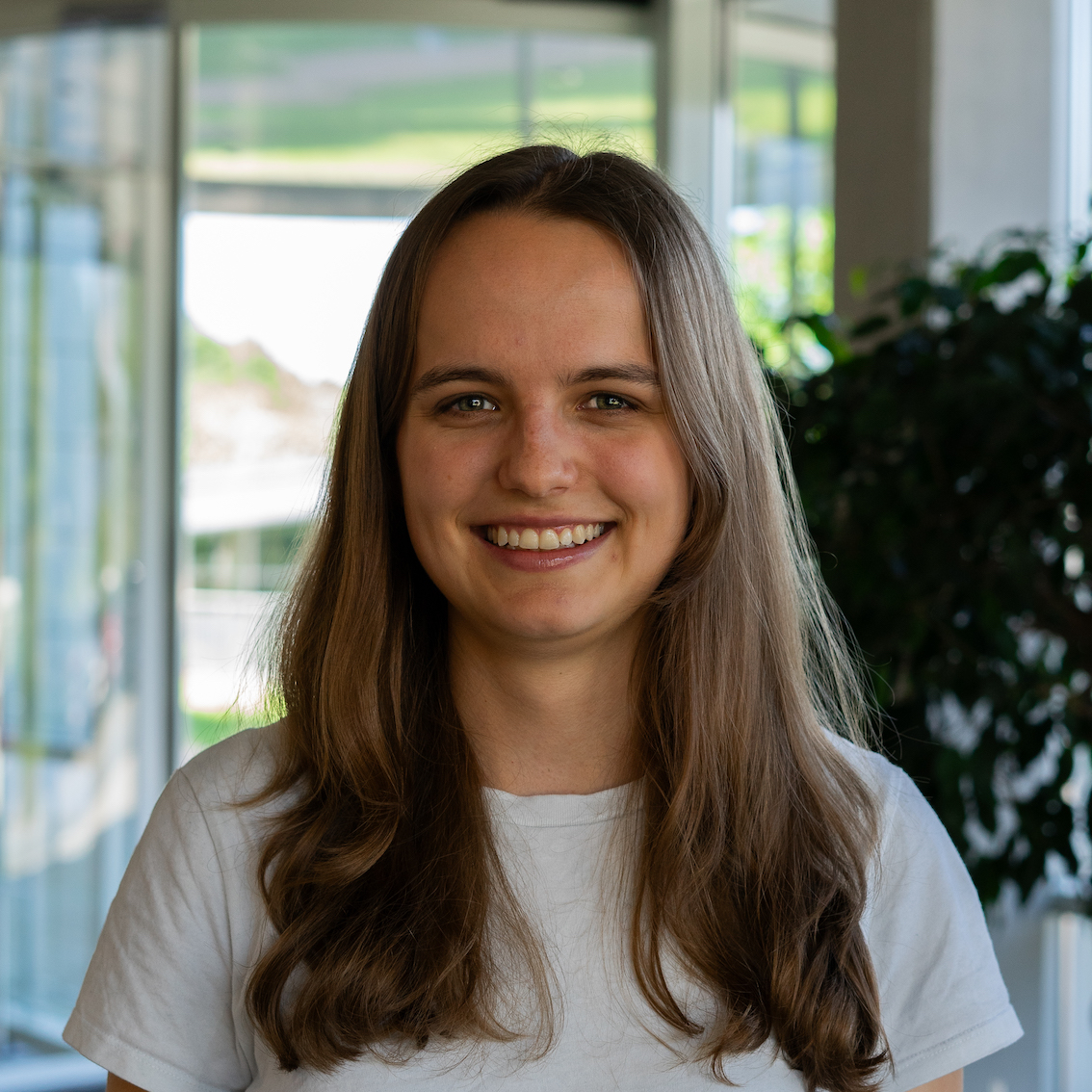
|
I am a PhD student in the lab of Eberhard Bodenschatz at the Max Planck Institute for Dynamics and Self-Organization working in collaboration with the lab of Alexander Ecker. I am also part of the Max Planck School Matter-to-Life. I am a physicist by training and at heart, who is interested in applying machine learning methods to medical problems. My research focuses on using physics-informed neural networks to simulate the deformation of a heart chamber during the cardiac cycle. I model healthy hearts, hearts affected by heart attacks, and hearts treated with engineered heart muscle patches. The goal of my research is to develop a machine learning algorithm that can be used in clinical settings to predict the optimal engineered heart muscle patch for each patient.
|
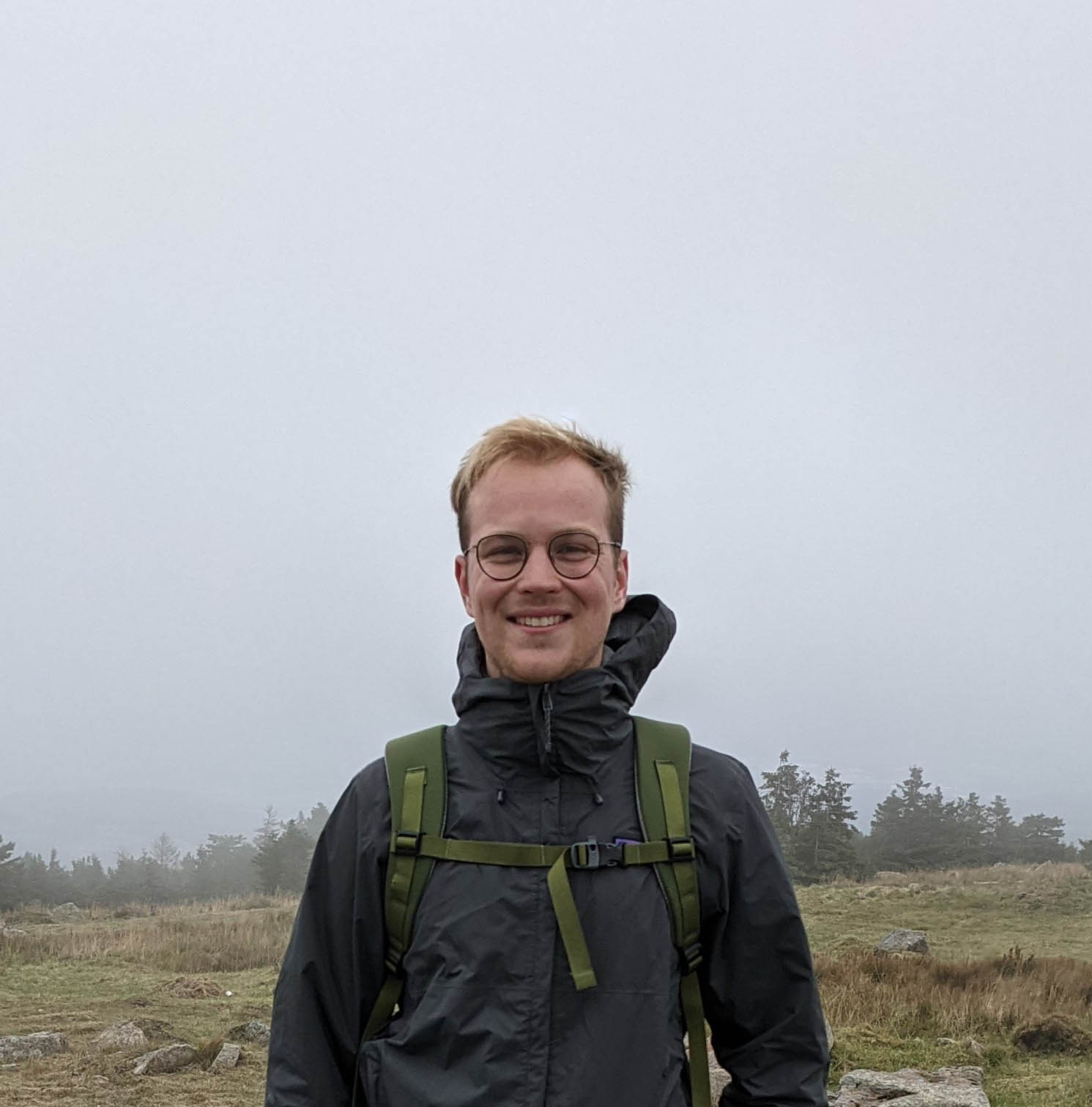
|
I aim to comprehend how deep learning methods can be applied to unconventional data types beyond images and text, and explore generative models for these data types. Specifically, I seek to understand the effective use of deep learning in engineering design, particularly in acoustics. Additionally, I am interested in point cloud processing and its applications in forest inventory. My goal is to investigate these topics in a way that combines the power of deep learning with practical applications.
Room: 1.116
Email
|
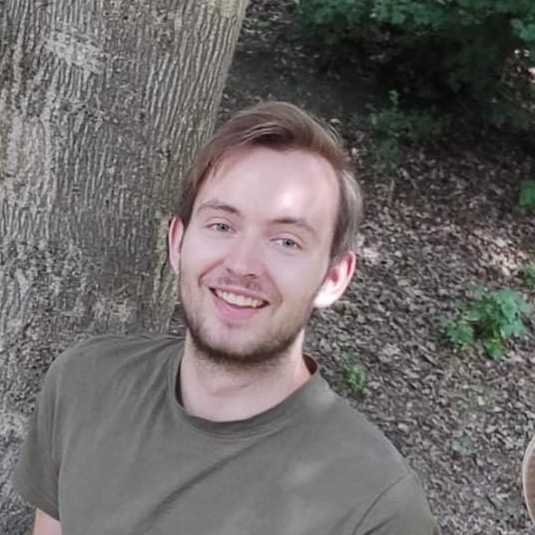
|
My research is in the field of computer vision, with a focus on video data. I am especially interested in how the temporal information in videos can be leveraged to enable more efficient/effective processing. I am in particular working on video scene understanding and multi-object tracking, aiming to develop models that handle video sequences as a separate modality instead of processing them frame-wise.
Room: 1.115
Email
|
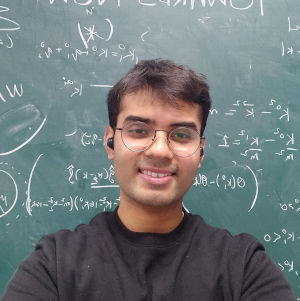
|
Coming from theoretical physics, I like to look for symmetries and invariant quantities in systems. If the problem at hand has too many degrees of freedom, finding such symmetries and invariant quantities can help simplify the problem and give a better understanding of it. While training deep learning models, I like to look for symmetries and corresponding invariance/equivariance in the dataset and encode them in architectures. Currently, I am working on solving an ill-posed inverse problem of holography where one wants to recover 3D characteristcs of microparticles from their 2D diffraction patterns.
Room: 2.125
Email
|
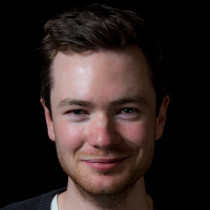
|
I want to understand visual perception in the brain by leveraging novel machine learning techniques to build predictive models of neural population responses to natural images. Especially, I think it is important to combine a model’s predictive accuracy with interpretability to gain insights into mechanisms of biological computation. I am excited by the idea to implement the biologically inspired building blocks we develop into artificial neural networks.
Email
|
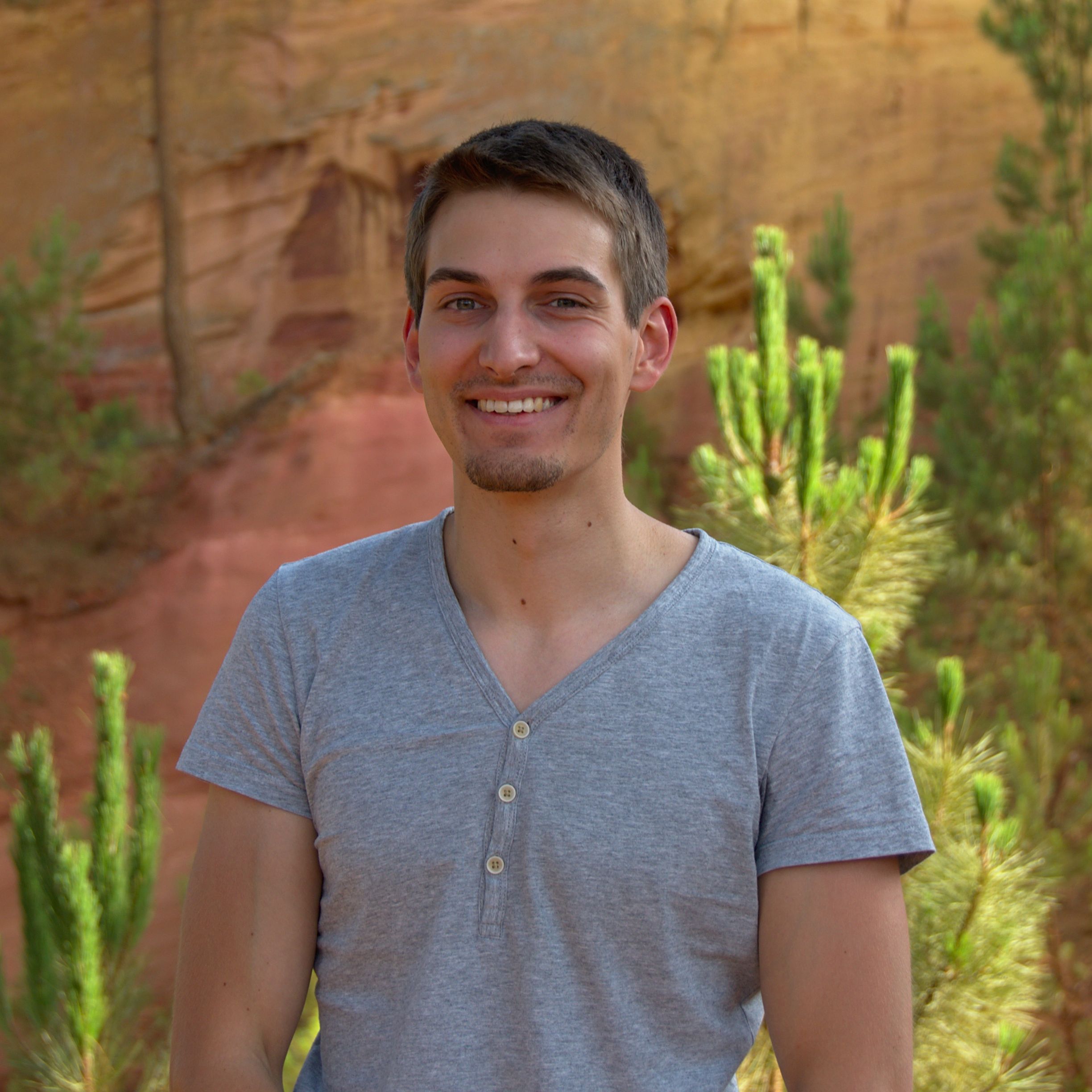
|
I'm working with satellite and aerial images and try to detect trees and their species within them. For this task I use different neural networks. Currently, I focus on detecting tree species in satellite image time series - data that has a very coarse spatial, but good temporal and spectral resolution. The final goal is to create a tree species map for Germany that allows to capture the species-specific impact of climate change.
Room: 2.126
Email
|
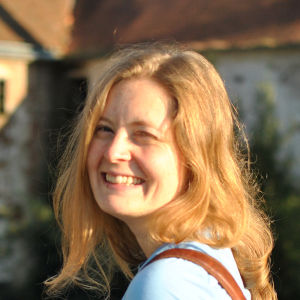
|
The visual system does not act as a mere camera. As early as in the retina, the brain starts to interpret the information it receives in order to build the perception of visual reality we experience. My goal is to shed more light on this process. Taking advantage of recent deep learning methods, I work on building retinal models that enable us to gain more insight into processing in the earliest stages of the visual system.
Room: 2.127
Email
|
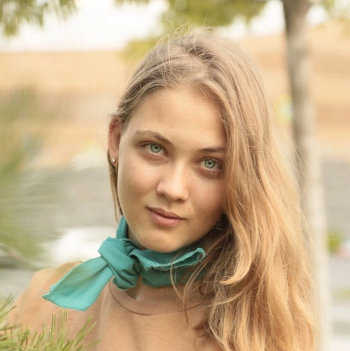
|
I am interested to understand how brain activity develops with time and how previous sensory input influences the processing of the current stimulus. I work with calcium data from a mouse brain. Also, I believe that deep learning should not only produce good scores but also be interpretable and have biological meaning. I hope to find such interpretable models during my Ph.D.
Room: 2.127
Email
|

|
I work with computer vision techniques to help researchers who study social relationships of monkeys in the wild. Watching hours of video material can be tiring and a source for mistakes. I want to automate and improve this process by training deep learning algorithms to understand and analyze what is happening in the videos.
Room: 2.127
Email
|
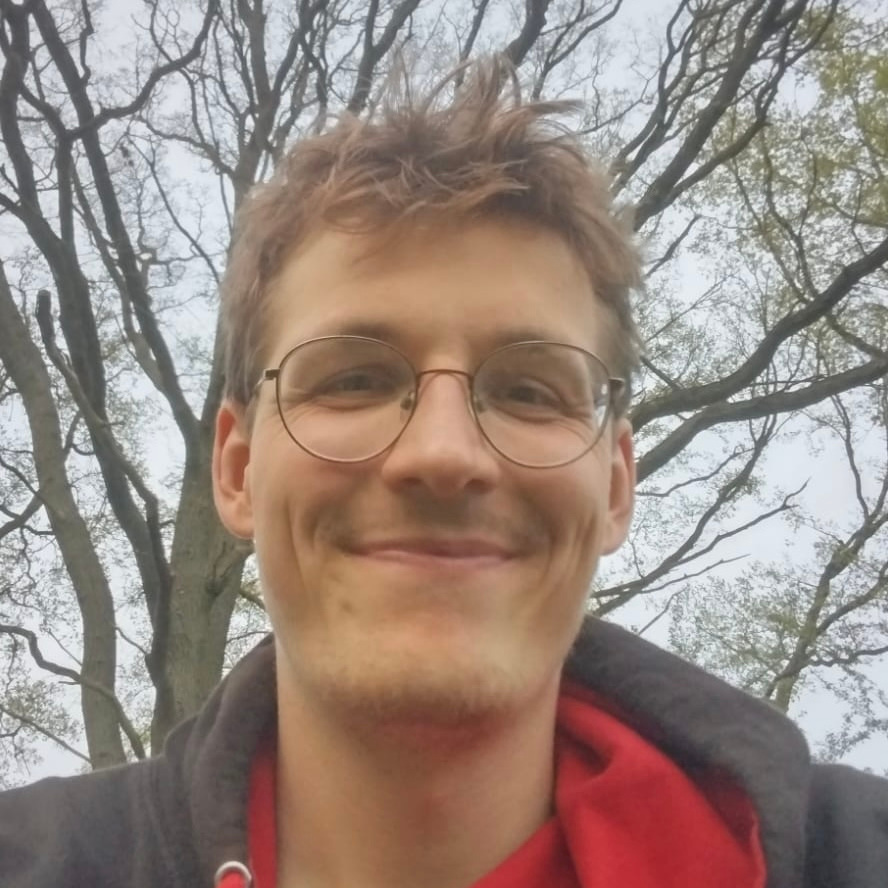
|
Curiosity is a major driver for living creatures to learn or invent. The aim of my work is to tackle the understanding and predictability of this characteristic, utilizing eye tracking data from humans combined with neural networks to explore different aspects of this topic. Additionally, my focus is on studying how this behavior can enhance learning efficiency in deep learning methods.
Room: 1.133
Email
|
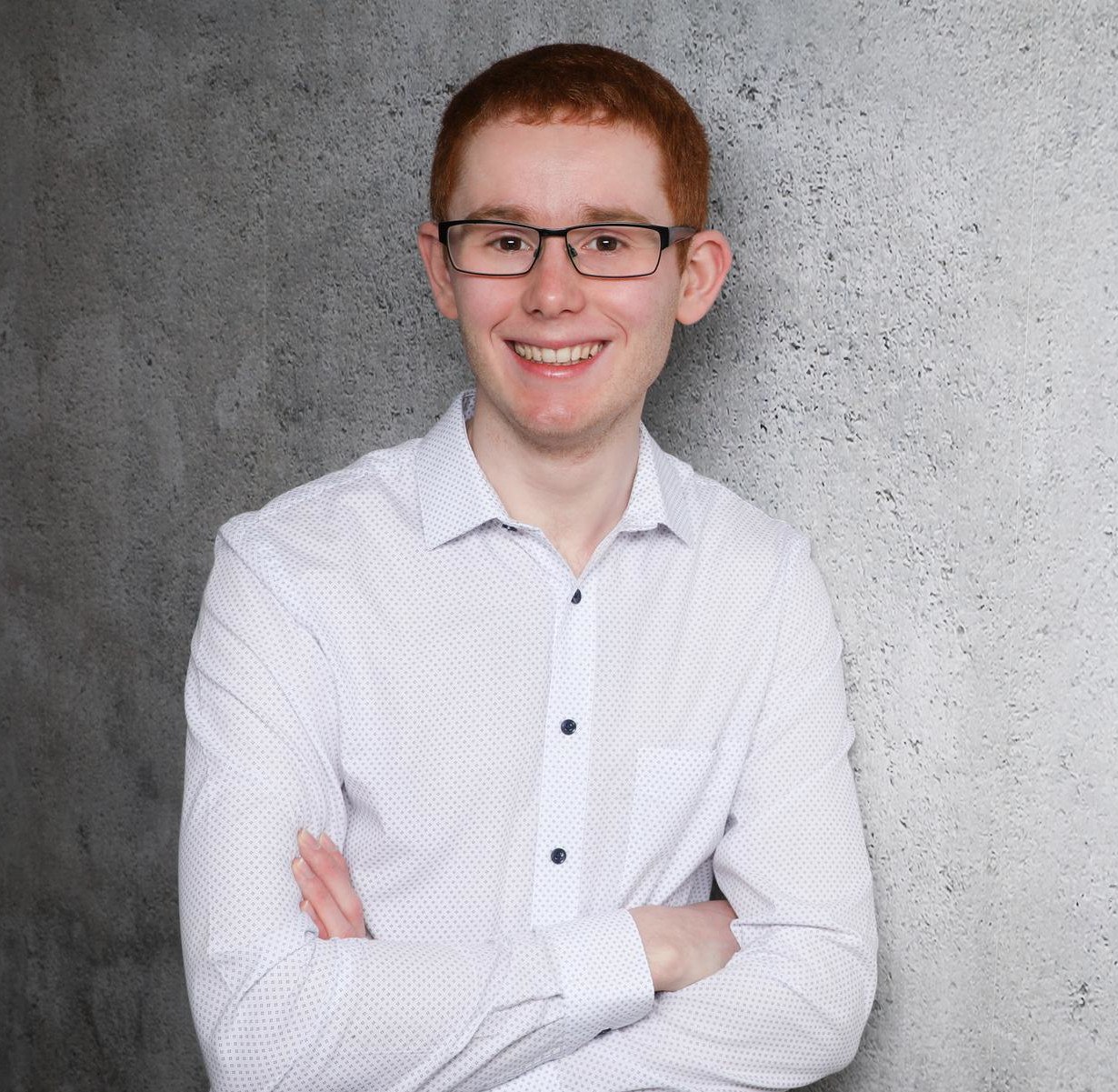
|
Obtaining labels for data is an expensive and cumbersome process, so we should make the most out of the data we have. I am interested in effort-efficient learning for computer vision tasks, particularly video understanding. With a background in computer vision and natural language processing, I want to utilize self-supervised pretraining to get better models with less labeled data. I use these methods to build models for behavior analysis of monkeys in the wild, helping researchers in the field with their data analysis.
Room: 1.133
Email
|
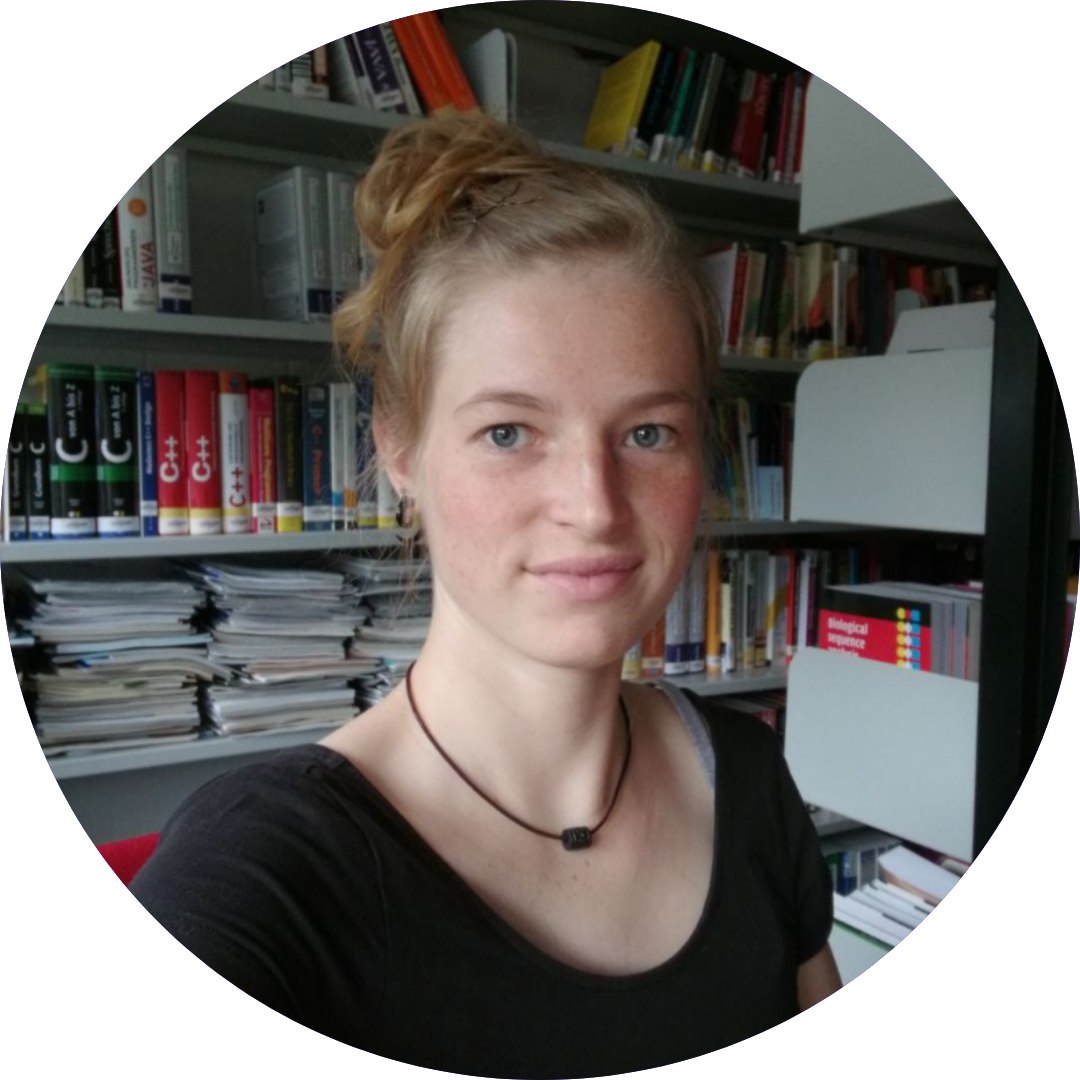
|
I am interested in finding answers for questions about how we acquire and process visual information, and how we use this information to learn. My goal is to understand how visual perception, information processing and learning works and to use this knowledge to build intelligent systems. I am working at the intersection of computer science and neuroscience by developing methods for analyzing the early visual system of the brain.
Room: 2.127
Email
|

|
I have a background in systems immunology and am primarily interested in how computational approaches can solve problems in immunology and neuro-immune interactions. Methodologically, I am employing both classic data science, as well as mathematical modelling and machine/deep learning (graph neural networks, CNNs, generative adversarial networks). I also have a strong interest in combining mechanistic models with machine learning approaches.
Email
|
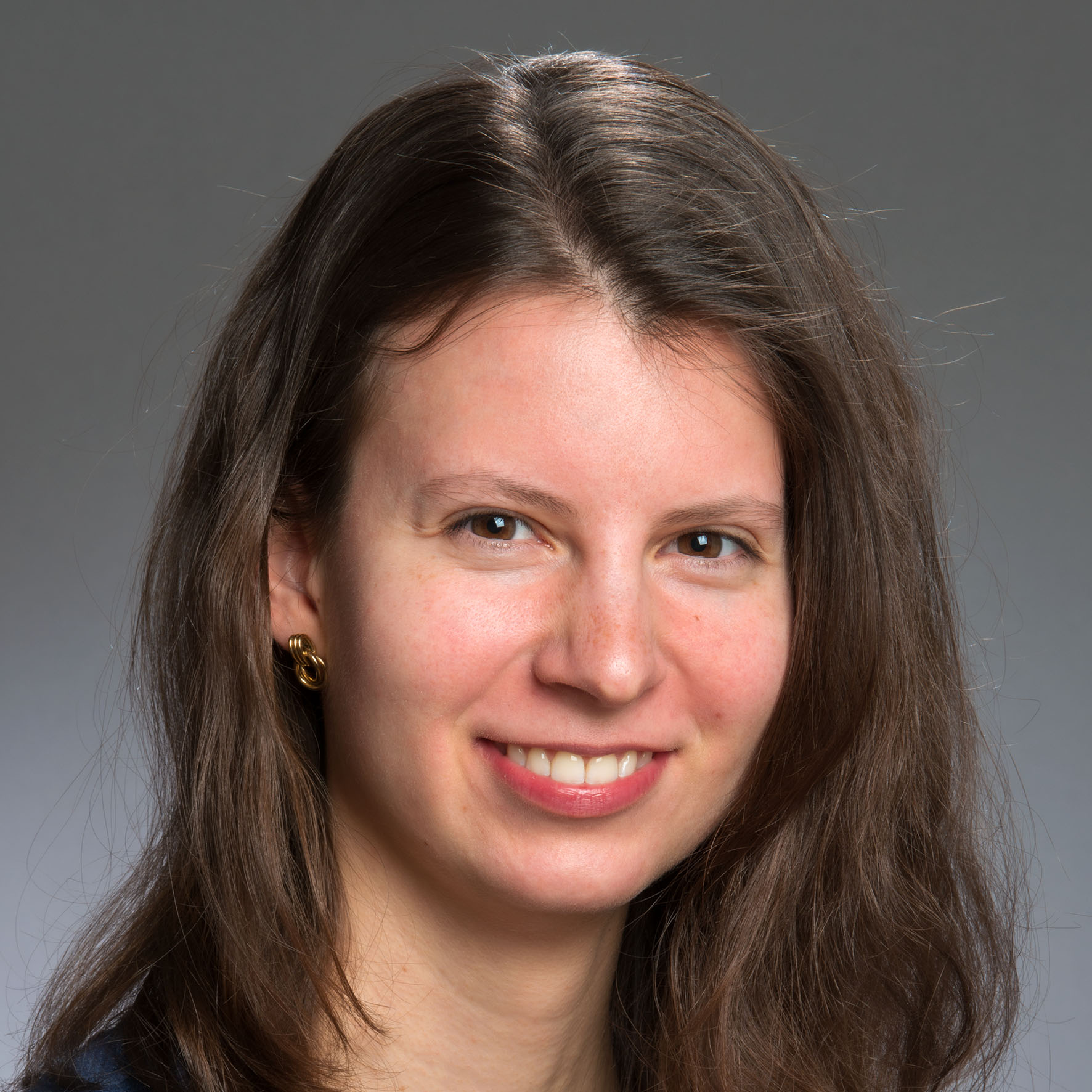
|
In everyday clinical practice, data is collected, analysed according to predefined criteria and used for decision-making, but some patterns remain unknown. With both a medical and a scientific background, I am interested in using machine learning techniques to understand the patterns hidden in complex clinical data structures and their potential for early diagnosis.
Email
|
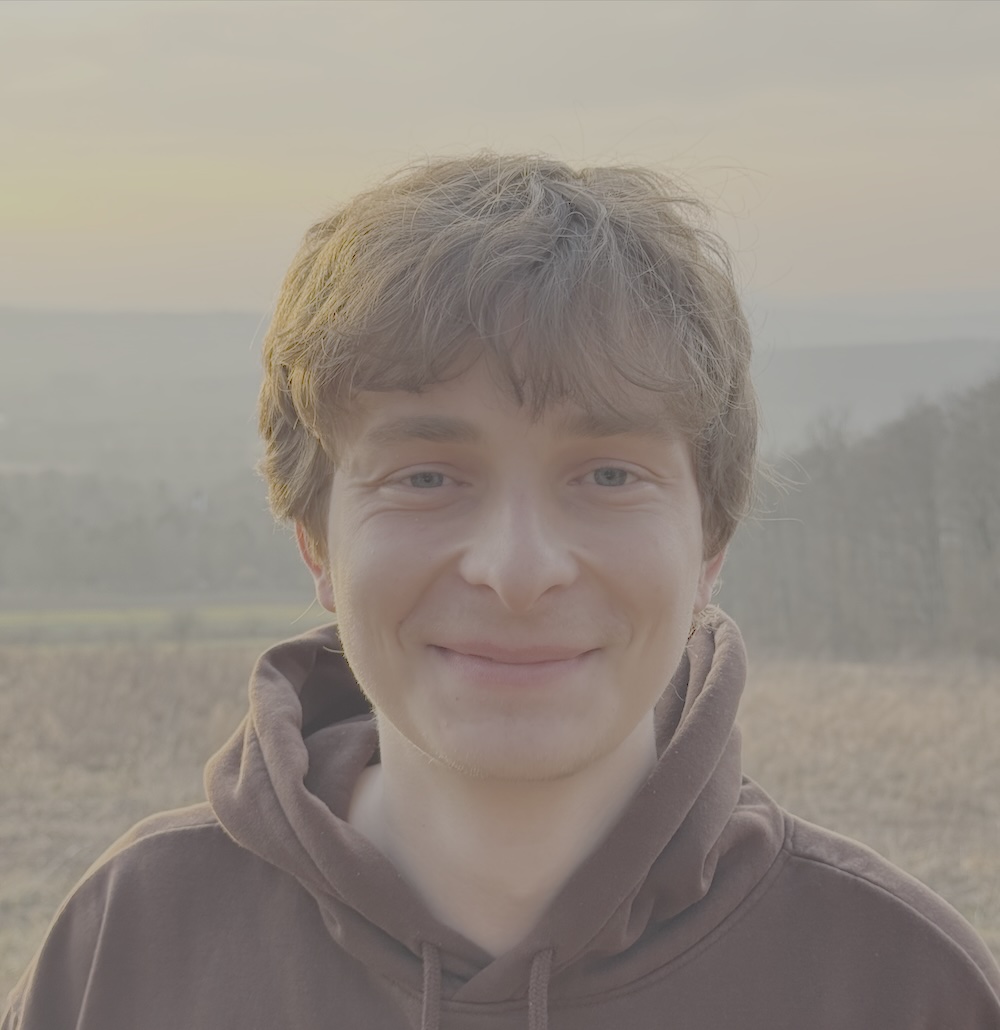
|
I am interested in incorporating physical knowledge into neural networks, particularly in understanding which physical laws are easily learned by a network and which can enhance data efficiency. My current research focuses on acoustics, where I work on predicting the solutions of a symmetric PDE by a normal mode superposition.
|

|
I believe the most noble application of computer science is the advancement of science, answering complex and unsolved problems. I have a background in Software Engineering and a love for Physics that goes back to my childhood, and I believe I am currently living my dream working on the marriage of both fields.
|
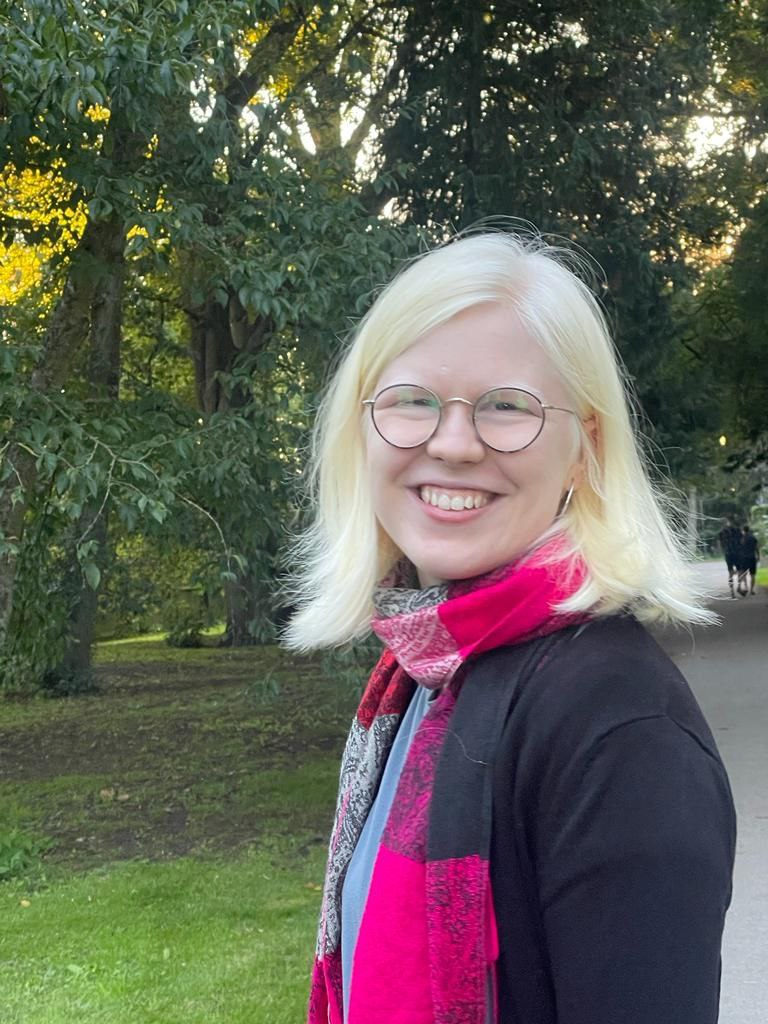
|
I'm working on clustering algorithms. A model is trained to get the visual cortex responses for mice after showing them pictures as input. I use deep embedding clustering to get the right cell type classification and check if neuron performance is connected to the clusters.
Email
|
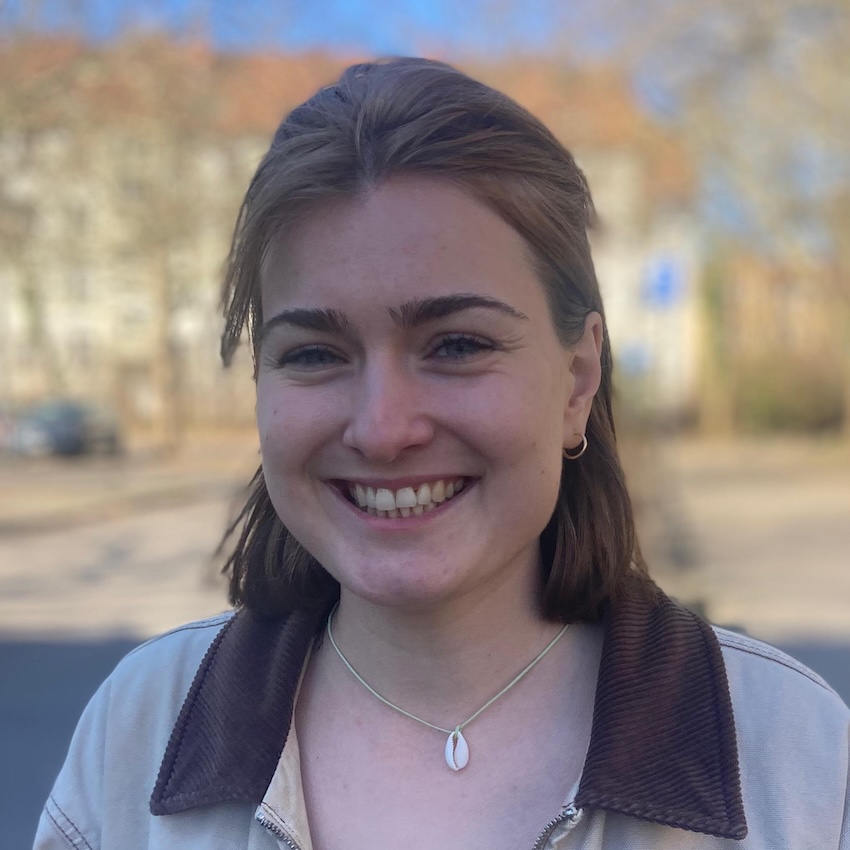
|
I am interested in combining bioacoustics and deep learning, with a strong motivation to develop methods that are applicable to real-world biological research. For my master’s thesis, I am working on the automatic segmentation and classification of ring-tailed lemur vocalizations from extended audio recordings with high background noise, leveraging Audio Foundation Models.
|
